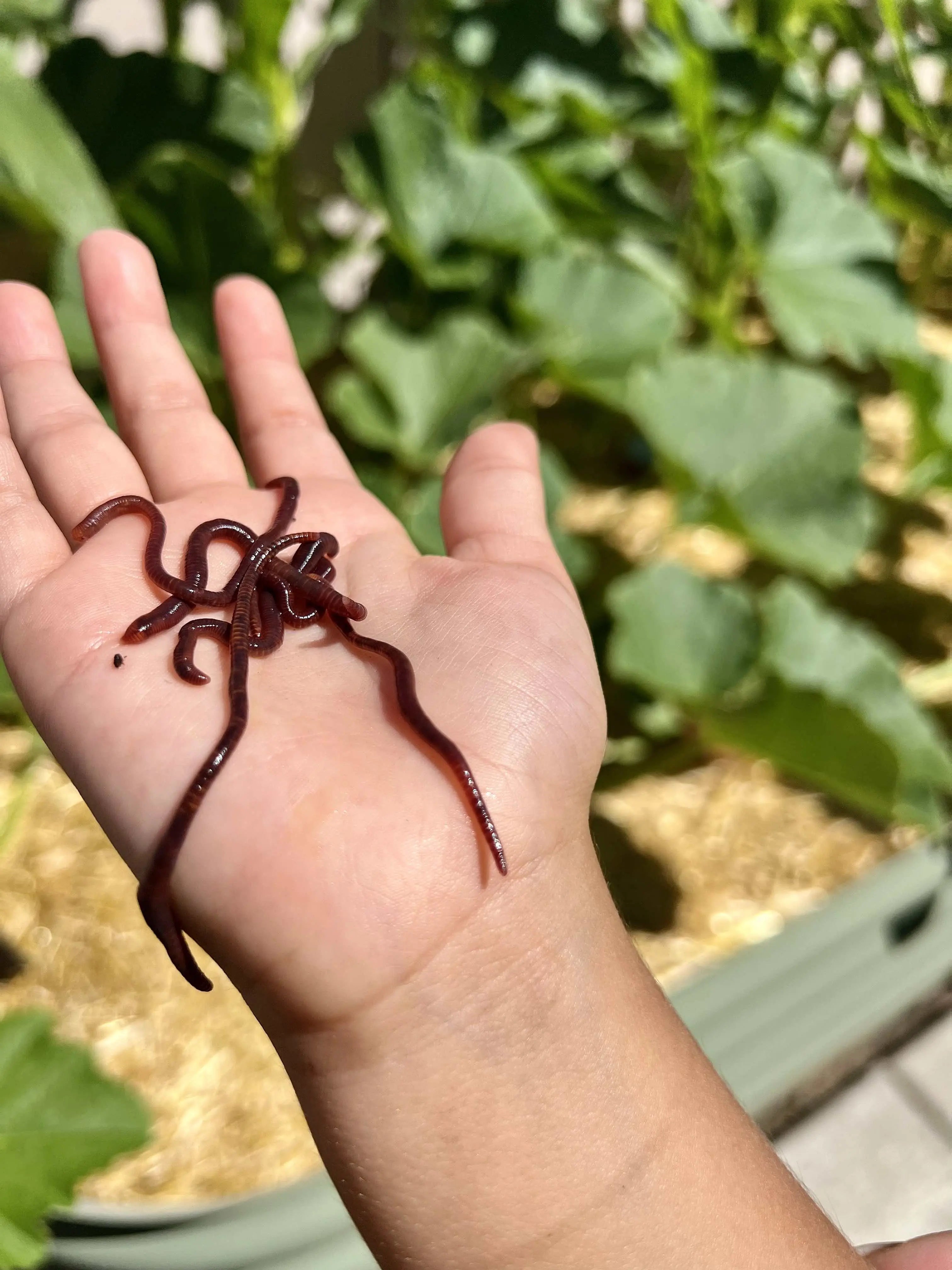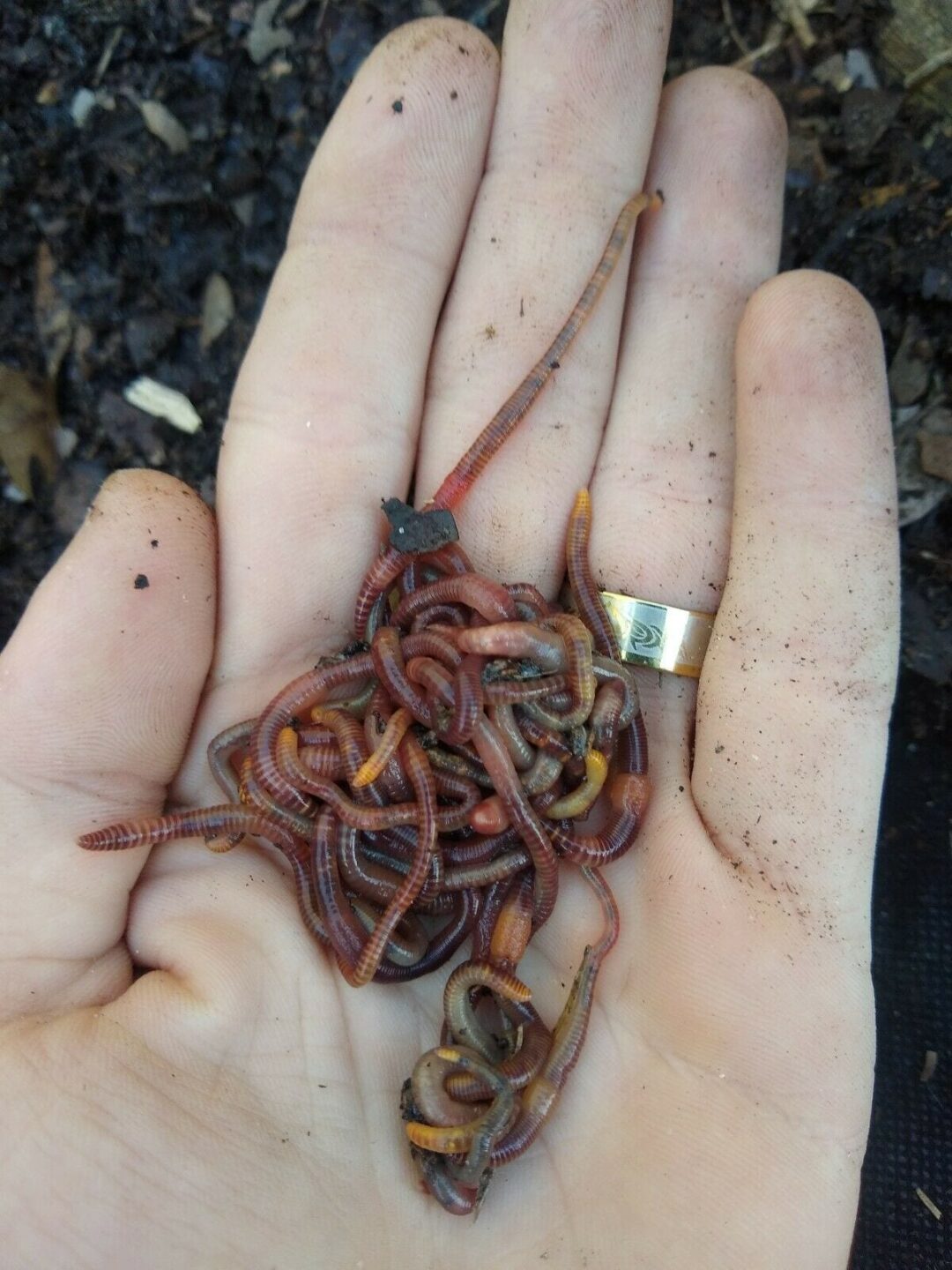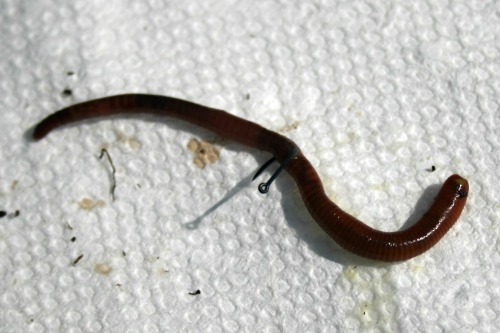Red Wigglers: The Unsung Heroes of Organic Waste Recycling
Red wigglers, or Eisenia fetida, serve as vital representatives in the organic waste reusing process, transforming disposed of products right into valuable vermicompost. As the globe significantly looks for services to battle waste buildup and improve agricultural productivity, comprehending the function of these worms becomes essential.
What Are Red Wigglers?
The impressive durability of red wigglers, medically referred to as Eisenia fetida, underscores their vital function in natural waste recycling. These small, reddish-brown earthworms are typically discovered in breaking down natural matter, such as garden compost piles and manure loads. Lake Hickory Bait. Unlike other earthworm varieties, red wigglers flourish in nutrient-rich settings and are extremely effective at breaking down natural products, making them necessary for vermicomposting

(Lake Rhodhiss Bait)In addition to their duty in waste reduction, red wigglers add to soil health by enhancing dirt framework and oygenation via their tunneling tasks (Lake Hickory Bait). Their existence in composting systems not just boosts decay prices but likewise advertises a lasting strategy to waste management, illustrating their significance in environmental preservation initiatives
Benefits of Composting With Worms
Composting with worms, especially red wigglers, uses countless benefits that boost both waste monitoring and soil health and wellness. Initially, these worms effectively break down organic waste, converting it into nutrient-rich vermicompost that enhances soil. This process accelerates decay, enabling for a much faster recycling of kitchen scraps and various other natural materials compared to typical composting methods.
Furthermore, the vermicompost generated by red wigglers is brimming with valuable bacteria, which assist enhance dirt framework, oygenation, and dampness retention. This boosts the overall wellness of plants, promoting vigorous development and increased yields in yards and farming setups. In addition, the usage of worms in composting decreases the manufacturing of greenhouse gases, such as methane, adding to an extra lasting waste management system.

Exactly How to Start Vermicomposting
Establishing a vermicomposting system is an uncomplicated process that can produce considerable advantages for both waste monitoring and soil enrichment. To begin, choose an ideal container, such as a plastic bin or wooden box, with ample ventilation holes to make certain proper air flow. The measurements should preferably be about 2 feet by 3 feet, allowing adequate area for the worms to grow.
Next, prepare bed linens material, which can include shredded newspaper, cardboard, go to the website or coconut coir. This bedding should be dampened to create an appropriate environment for the worms. As soon as the bed linens is in area, present red wigglers (Eisenia fetida) right into the container, generally around one extra pound of worms for every square foot of surface.
Adhering to the positioning of worms, add natural waste, such as fruit and vegetable scraps, coffee grounds, and crushed eggshells. With these steps, you will effectively launch a vermicomposting system that contributes to lasting waste administration and enhances your dirt.
Keeping a Healthy Worm Container
(Red Wiggler Express)Maintaining a worm bin flourishing needs routine focus and like make certain the wellness of the red wigglers and the effectiveness of the composting process. Correct upkeep begins with checking the dampness degrees; the container needs to be wet however not waterlogged. An excellent general rule is to preserve an uniformity comparable to a wrung-out sponge.
Delicately blending the bed linen and food scraps every couple of weeks protects against compaction and guarantees that all worms have access to oxygen. Furthermore, it is crucial to feed the worms appropriately.
If the bin comes to be as well warm or cold, the worms may become stressed out. By diligently handling these aspects, one can keep a durable and productive worm container.
Influence On Sustainable Living
The successful maintenance of a worm bin not only profits the wellness of red wigglers yet also adds substantially to lasting living methods. By recycling natural waste, such as kitchen scraps and yard particles, red wigglers assist divert significant quantities of material from land fills. This decrease in waste not only decreases greenhouse gas emissions however also decreases the environmental burden related to waste monitoring.
In addition, the castings created by red wigglers work as a nutrient-rich natural plant food, boosting dirt wellness and promoting plant growth. This natural choice to chemical plant foods sustains sustainable agriculture and horticulture practices, lowering dependence on synthetic inputs that can hurt environments. Furthermore, worm composting cultivates understanding of waste administration, motivating individuals and communities to take on even more lasting routines.

Conclusion
In recap, red wigglers offer as crucial contributors to natural waste recycling via their effective disintegration of organic products. By integrating vermicomposting into waste administration methods, individuals and neighborhoods can substantially lower waste while advertising environmental sustainability.